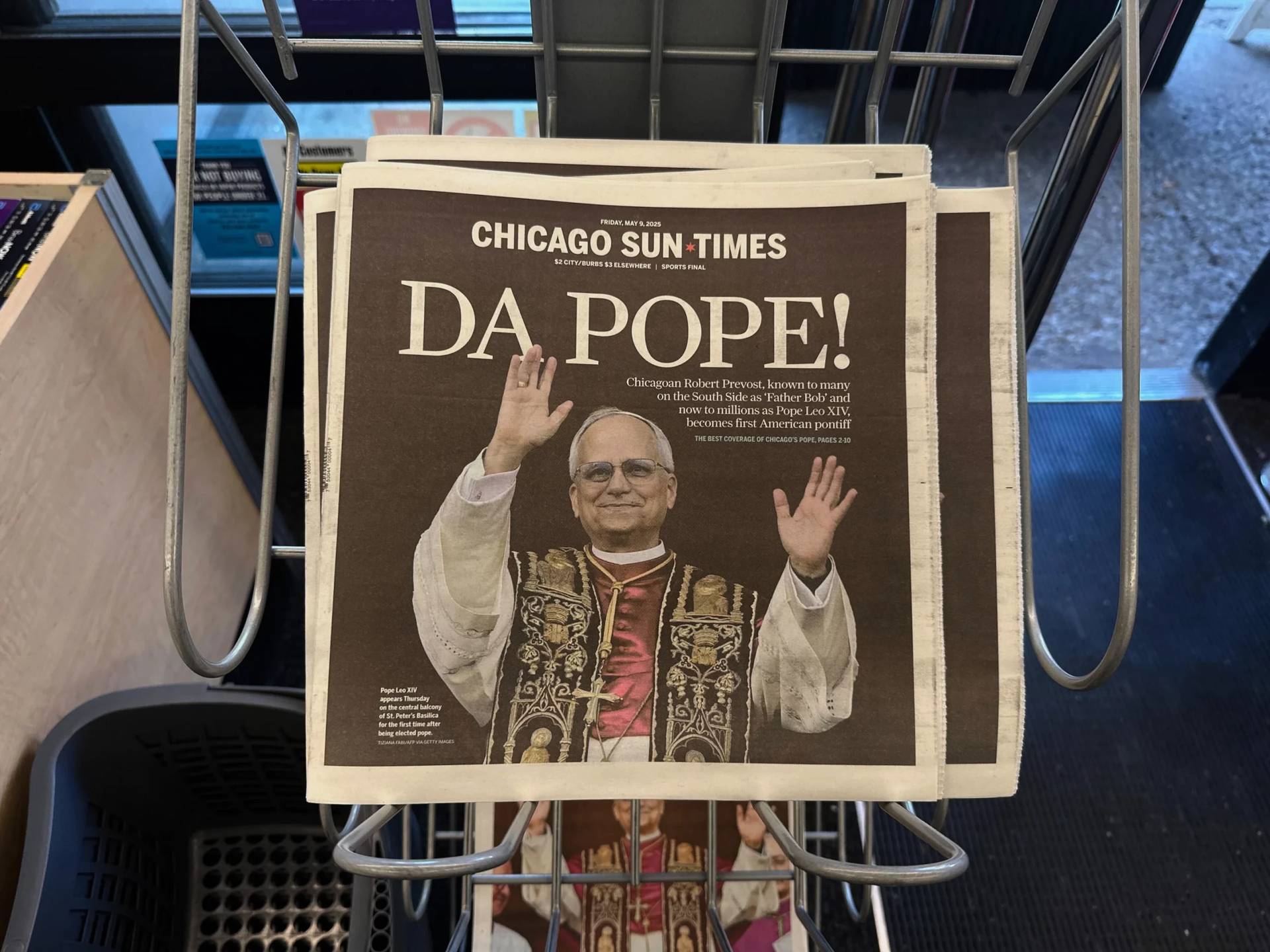A full month of protests around the United States and the world is evidence that “many people are hungry to end the moral pandemic of systemic, interlocking injustices … many people aspire to heal the nation and expand the quest for democracy, human freedom, and human dignity.”
On June 25, exactly one month after George Floyd’s death, educators and administrators of that Lasallian network held a virtual conversation, “Responding to Racism: A Lasallian Dialogue,” about how their institutions can and must move from statements to what Brother Ernest Miller termed “transformational justice.”
More than 1,600 people from 34 countries watched the virtual event featuring leaders of Lasallian educational institutions.
Founded in 17th century France by Saint John Baptist de La Salle, the Lasallian mission has a presence in 80 countries and serves one million young people. In North America, more than 100,000 people are receiving formation in the Lasallian educational network.
Miller serves as vice president for mission at La Salle University.
The livestream event was the latest in a series of annual Lasallian Higher Education Colloquies on Racial Justice that started in 2017.
“In this broken place, our nation needs to heed the ancient wisdom of the Hebrew prophet Zachariah,” Miller said. “Take inventory of yourself, publicly own the deep wounds and painful consequences of oppression and suffering in the land.”
“Zachariah calls us to become prisoners of prophetic hope,” he added. “We must shift from pleasant poetics of charity to a prophetic praxis of hope capable of transforming the status quo.”
Key to making this shift, argued Miller and the event’s four panelists, is a better understanding of what institutional racism entails and a willingness to take action to combat it in this particularly charged moment in history.
Characterizing institutional racism as a “total disregard for human dignity” that is “rooted in the foundation of the United States,” Kristi Kelly, chief diversity officer and director of multicultural student services at Lewis University, pointed to practices like racial profiling, redlining, and sentencing in the criminal justice system to stress the systemic dimensions of racism that are “invisible to people who don’t experience it.”
Maureen O’Connell, associate professor of Christian ethics at La Salle University, urged attendees to see institutional racism at work when an institution is “shaped and structured in a way to serve the needs of and be accountable to one group of people, white people, and really not to effectively serve or be accountable to other people, people of color,” a description she drew from Joseph Barndt’s book, Becoming an Anti-Racist Church: Journeying toward Wholeness.
Noting that as a white woman, she can “tap in and out of this racial justice work at will” because her “life is not dependent on it,” O’Connell asked white members of the audience to recognize that this tapping in and out dynamic causes pain and increases the trauma that people of color already experience.
Hayden Greene, founding director of Multicultural Affairs and coordinator of the Multicultural Center at Manhattan College, spoke of the ongoing effects of systemic racism as “death by 1,000 pinpricks.”
As a Black man living in Brooklyn, Greene explained, structures of racism warp his everyday experiences of shopping in big box stores – “Do you work here, can you help me?” he is routinely asked – or moving through the city conscious that a simple traffic infraction could turn deadly. “When I have to worry about not coming home to my family while going for a bike ride, something needs to change,” he said.
Something does feel different with this summer’s protests, the panelists agreed, but that feeling brings no guarantee that structural racism in America’s institutions, including Catholic institutions, will be dismantled.
Luisa Ossa, associate professor of Spanish at La Salle University, said that talk of Catholic institutions becoming anti-racist will ring hollow if they fail to “address the contradictions in the Lasallian and the broader Catholic world” that arise from the “massive role that the Catholic Church played in racializing slavery in the Americas.” Catholics must learn about their role in that history and begin to figure out how to dismantle its ongoing effects, Ossa argued, if they are serious about going beyond mere statements.
Greene agreed that Catholic institutions have to name their complicity, but also cautioned about a “kind of danger in living in the past” if it prevents Catholic institutions from recognizing and acting on the reality that “they can make real dents in this work right now.”
Noting that this moment is no longer merely about issuing statements or painting murals, Greene urged Catholics to discern “real actionable items that will dismantle the systems that exist that they were complicit in creating.” For example, he noted, the Catholic Church could be a leader in the monumental task of decolonizing curriculum at every level of education.
“We need to start monetizing the progress” when it comes to making Catholic institutions anti-racist, Greene added. “Show me where you spend your money and I’ll show you what you care about… it’s time for our institutions to put their money where their mouth is.”


















